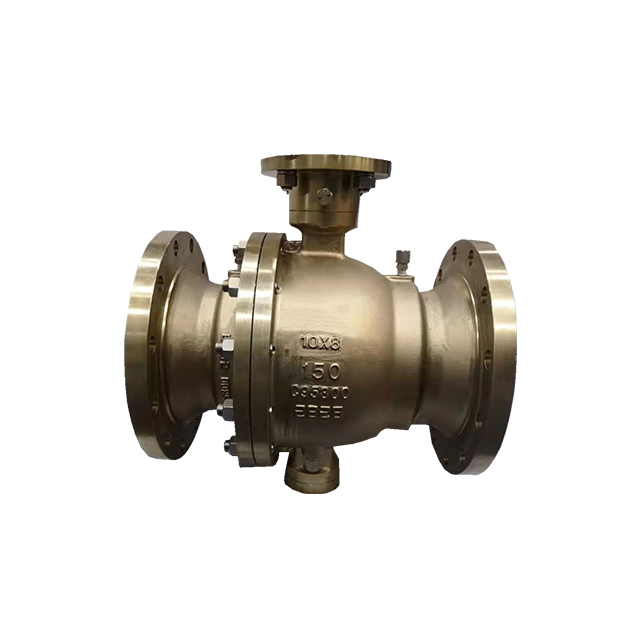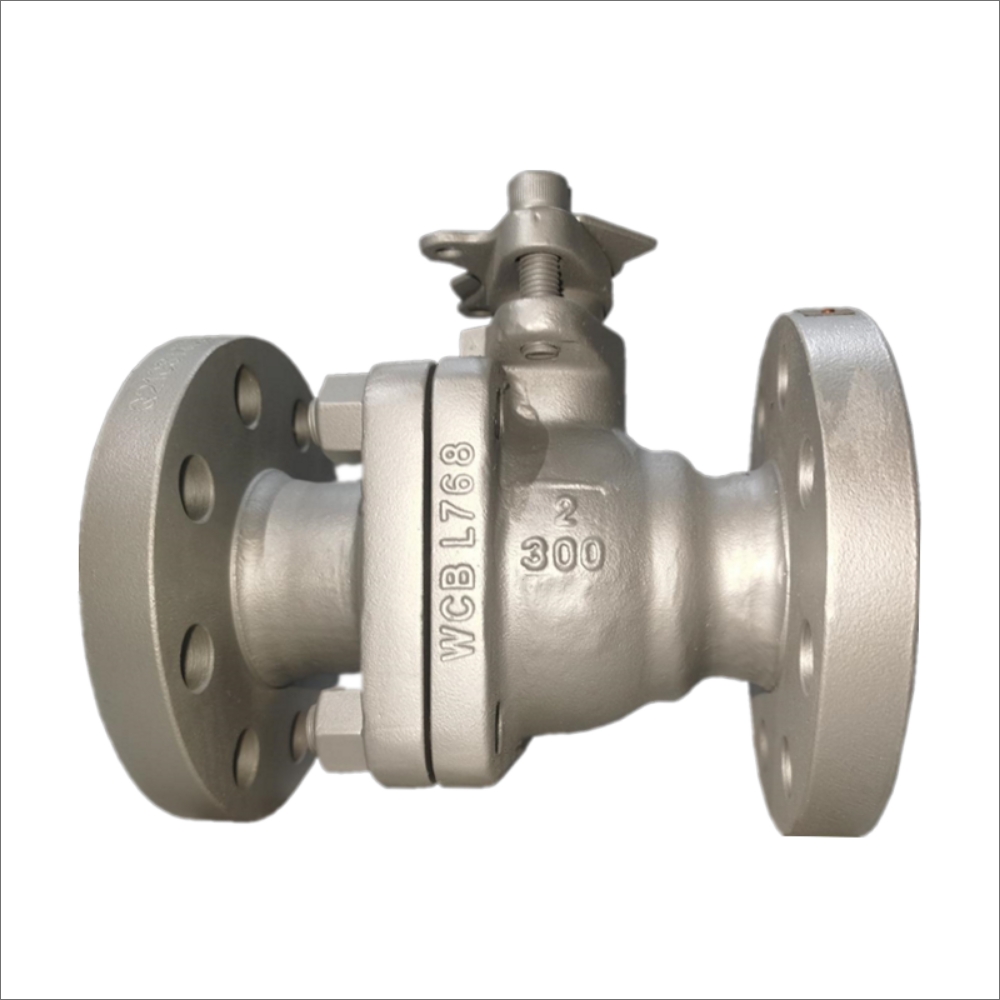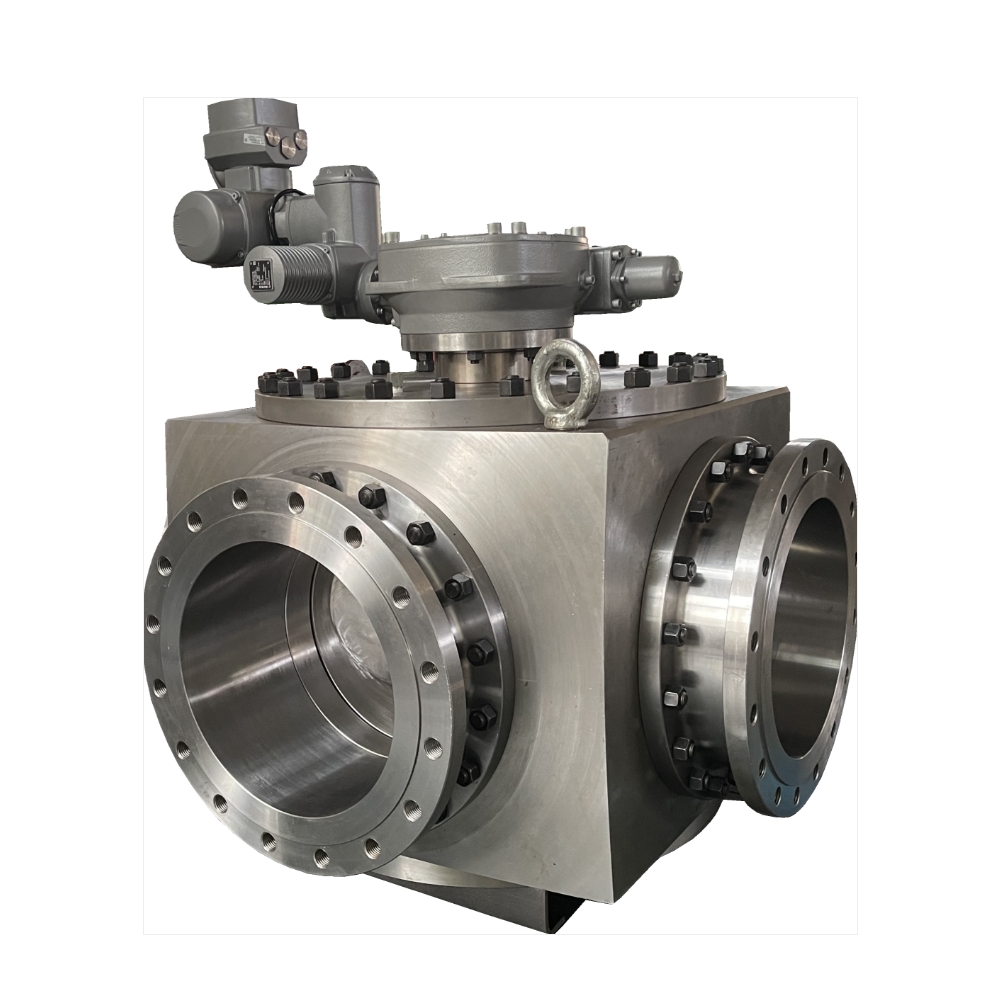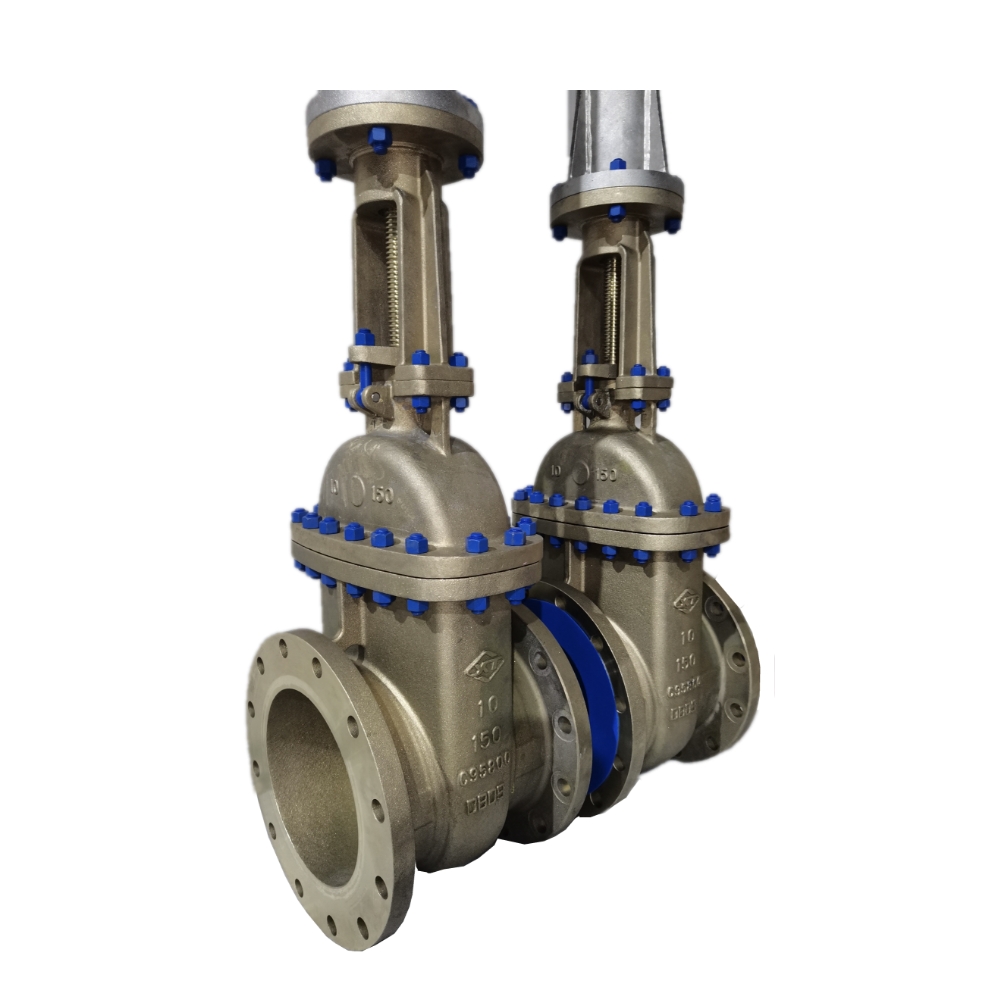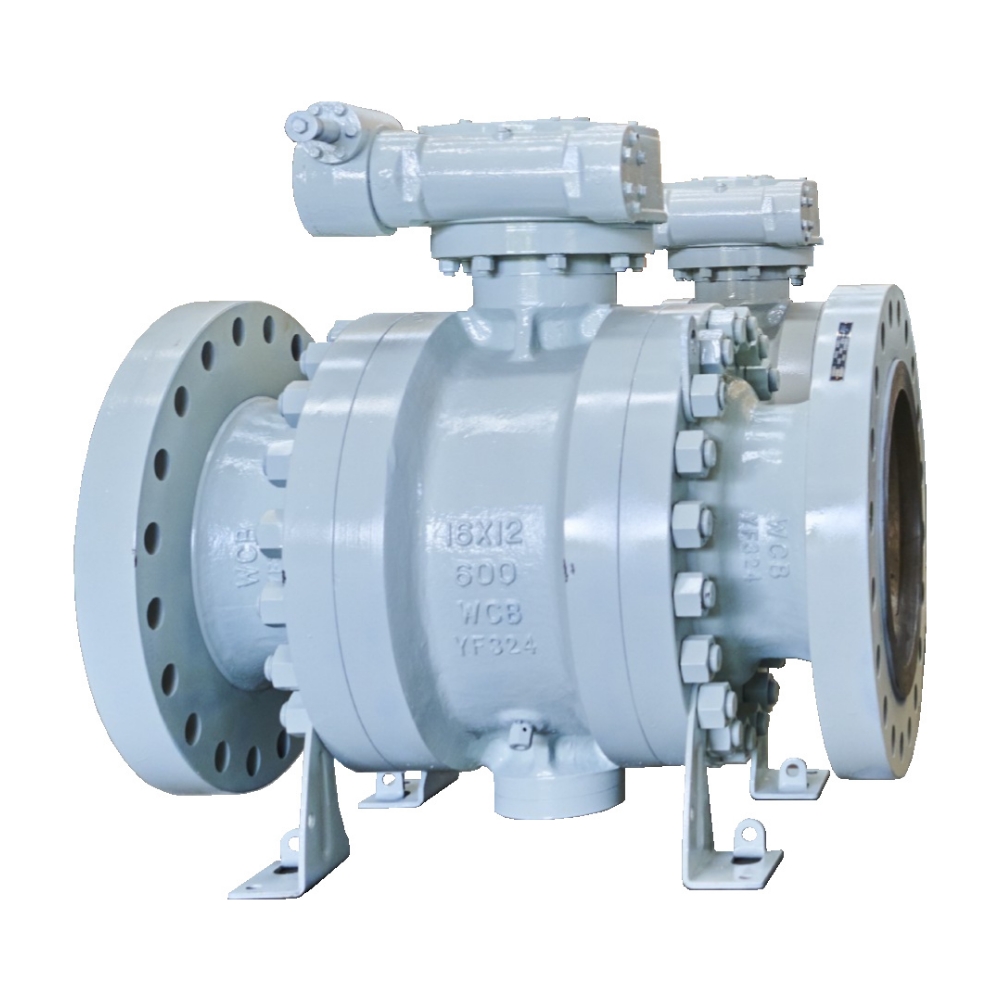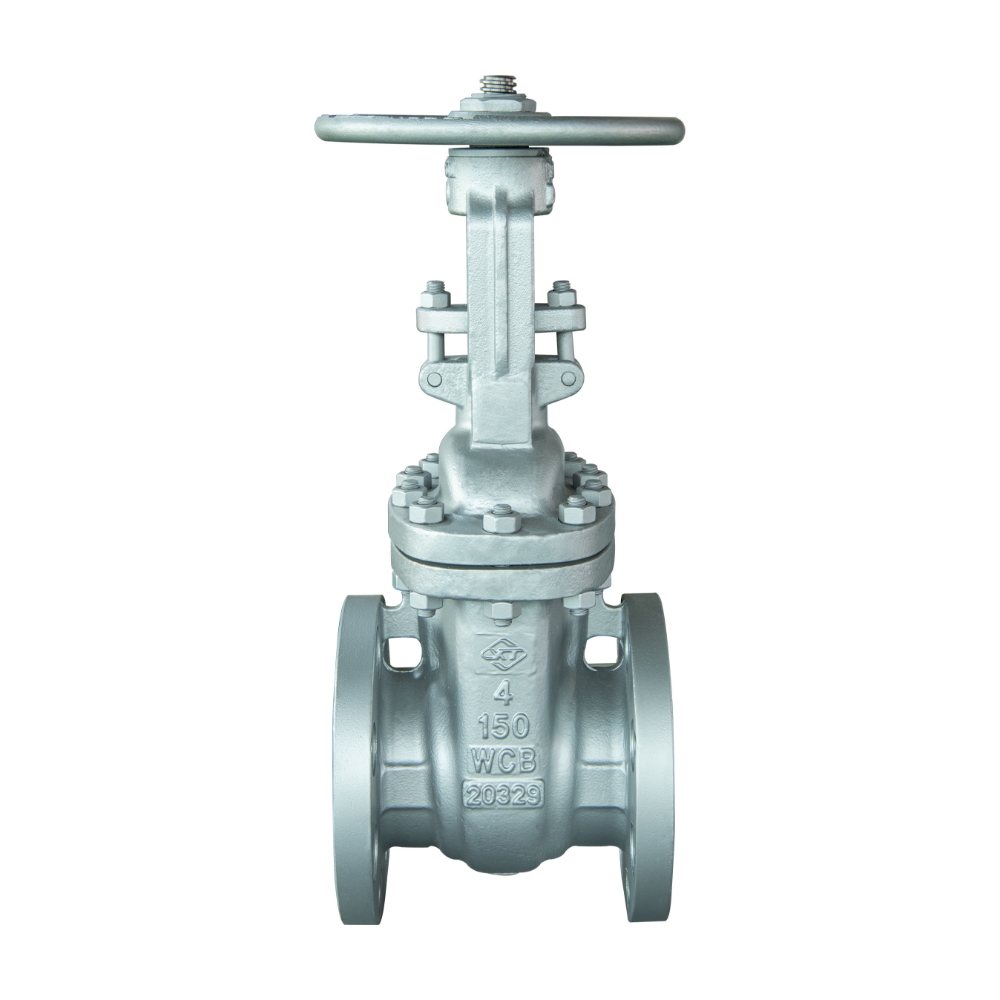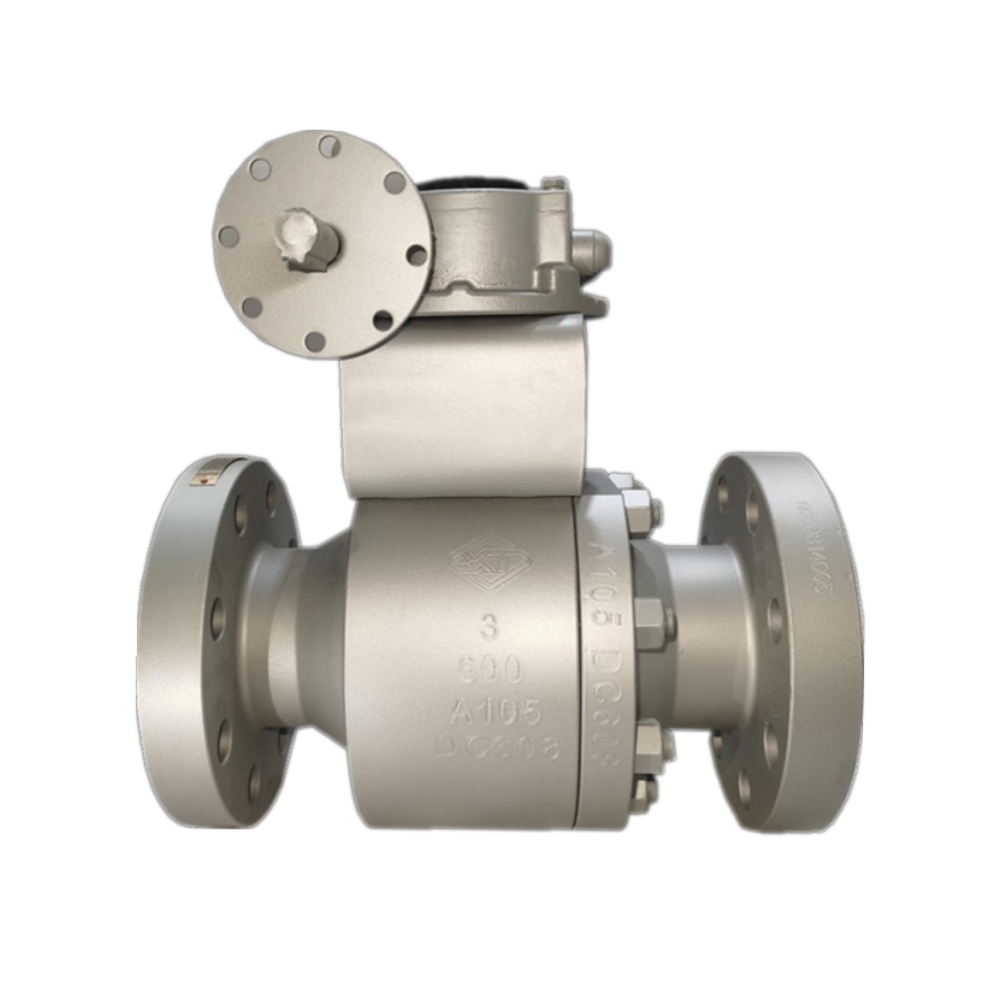AL-BRONZE FLANGED BALL VALVE
Description
Size Pressure Connect Type Material Standard 2″~52″ DN50~DN1300 CL150~CL600 PN6~PN100 FLG、SW、BW、NPT/G、CLAMP ASME B16.24、ASTM B505 API-6D、API-608、ISO17292、GB/T12237
How Does A Ball Valve Work?
A ball valve protects against excessive pressure and helps keep a system running smoothly. It is one of the most popular types of industrial valve and has many applications.
A ball valve uses a hollow, perforated ball to control the flow through it. Its stem and seat are connected to each other, and they rotate in unison with one another.
When the hole in the ball is lined up with the flow, the valve is open. Close it by pivoting the valve handle 90 degrees. However, a high-pressure drop can lock the ball in place, preventing it from being operated.
If you want to know more about how a ball valve works, continue reading this article.
What Is A BRONZE Ball Valve?
A ball valve is a common piece of industrial equipment that works by allowing fluids to flow through it. The valve’s stem is connected to a manual control mechanism, such as a handle or lever. The stem turns a rotary ball that is attached to a stem that controls how it opens or closes. The valve is also typically controlled by an electric or pneumatic actuator. When used in the manufacturing process, a ball valve can regulate fluid flow by adjusting its float.
The ball disc is the third most important pressure boundary inside a ball valve. The disc is made of steel, and in its closed position, the pressure within the media acts against it. Ball valves also have a seat, which can be mounted or suspended. The seat provides a place for the ball disc to rest. Often, a ball valve is made of forged steel and has a seat attached to it.
A ball valve can be used in industries where sanitation is very important. A ball valve that can withstand a high level of sanitization is especially valuable in the bioprocessing, food, and pharmaceutical industries. They can handle both liquids and solids. If the fluid contains solids or fibrous material, a ball valve can handle both.
How Does A Ball Valve Work?
A ball valve is also known as a shut-off valve as it helps you to easily shut off the flow completely without any leakages. This type of valve comes with a rotary ball which is hollow. This ball rotates to control the flow of liquids as well as gases. Although ball valves are expensive, they last for a long time and prevent leakages.
A ball valve uses all moving parts. The ball is the third pressure boundary, allowing materials through. Its stem is connected to an actuator through welded joints. The ball itself is placed in the middle of the valve, which then turns to allow materials through.
The stem connects the ball to the actuator. A ball valve is also equipped with a valve seat, which acts as a third pressure boundary. A ball valve is used to control the flow through a pipe.
The rotary ball in the valve is connected to the stem, which is further connected to the handle. When you move the handle to 90 degrees, it moves the ball, which rotates around the axis. Depending on the movement of the handle, the ball can either block the flow or open it. This is how a ball valve works. All you need to do is simply turn the handle 90 degrees.

Related products
BALL VALVE
- 3-Way L Port Ball Valve
- Full-Welding Ball Valve
- V-Notch Valve
- Undergroud Ball Valve
- Top Entry Ball Valve
- Thread Ball Valve
- Soft Sealing Ball Valve
- Side Entry Ball Valve
- Metal Sealing Ball Valve
- Forged Trunnion Ball Valve
- 3-Way T Port Ball Valve
- Forged Floating Ball Valve
- Flange Type Segment Ball Valve
- Double Block and Bleed Valve
- Casting Trunnion Ball Valve
- Casting Floating Ball Valve
- Bronze Ball Valve
- 4-Way Ball Valve
- Wafer Type Segment Ball Valve
BUTTERFLY VALVE
- Centerline Lug Type Butterfly Valve
- Centerline Wafer Type Butterfly Valve
- Double Eccentric Butterfly Valves
- High Performance Butterfly Valve
- Lined Butterfly Valve
- Resilient Seated Butterfly Valve
- Triple Eccentric Butterfly Valves
CHECK VALVE
- Bronze Check Valve
- Butt Welding Check Valve
- Casting Check Valve
- Dual Plate Check Valve
- Forged Check Valve
- Globe Check Valve
- Lift Check Valve
- Pressure Self-Sealing Check Valve
- Socket Welding Check Valve
- Swing Check Valve
- Thread Check Valve
- Wafer Check Valve
CONTROL VALVE
- Electric Actuator Ball Valve
- Electric Actuator Butterfly Valve
- Electric Actuator Gate Valve
- Electric Actuator Globe Valve
- Gas Over Oil Actuator Ball Valve
- Linear Control Valve
- Pneumatic Actuator Ball Valve
- Pneumatic Actuator Butterfly Valve
- Pneumatic Actuator Gate Valve
- Pneumatic Actuator Globe Valve
CRYOGENIC VALVE
- Cryogenic Ball Valve
- Cryogenic Check Valve
- Cryogenic Gate Valve
- Cryogenic Globe Valve
GATE VALVE
- Bellow Gate Valve
- Bidirectional Knife Gate Valve
- Bronze Gate Valve
- Butt Welding Gate Valve
- Casting Wedge Gate Valve
- Forged Wedge Gate Valve
- Knife Gate Valve
- Parallel Slide Gate Valve
- Pressure Self-Sealing Gate Valve
- Socket Welding Gate Valve
- Thread Gate Valve
- Through Conduit Knife Gate Valve
GLOBE VALVE
- Angle Type Globe Valve
- Bellow Globe Valve
- BS 1873 Globe Valve
- Butt Welding Globe Valve
- Casting Globe Valve
- Forged Globe Valve
- Pressure Self-Sealing Globe Valve
- Socket Welding Globe Valve
- Thread Globe Valve
Plug Valve
- Plug Valve
SAFETY VALVE
- High Performance Steam Safety Valve
- Jacketed Safety Relief Valves
- Pilot Operated Safety Valve
- Spring Load Safety Valve
STRAINER
- Basket Strainer
- Cast Iron Y Strainer
- Thread Y Strainer
- Y Strainer

